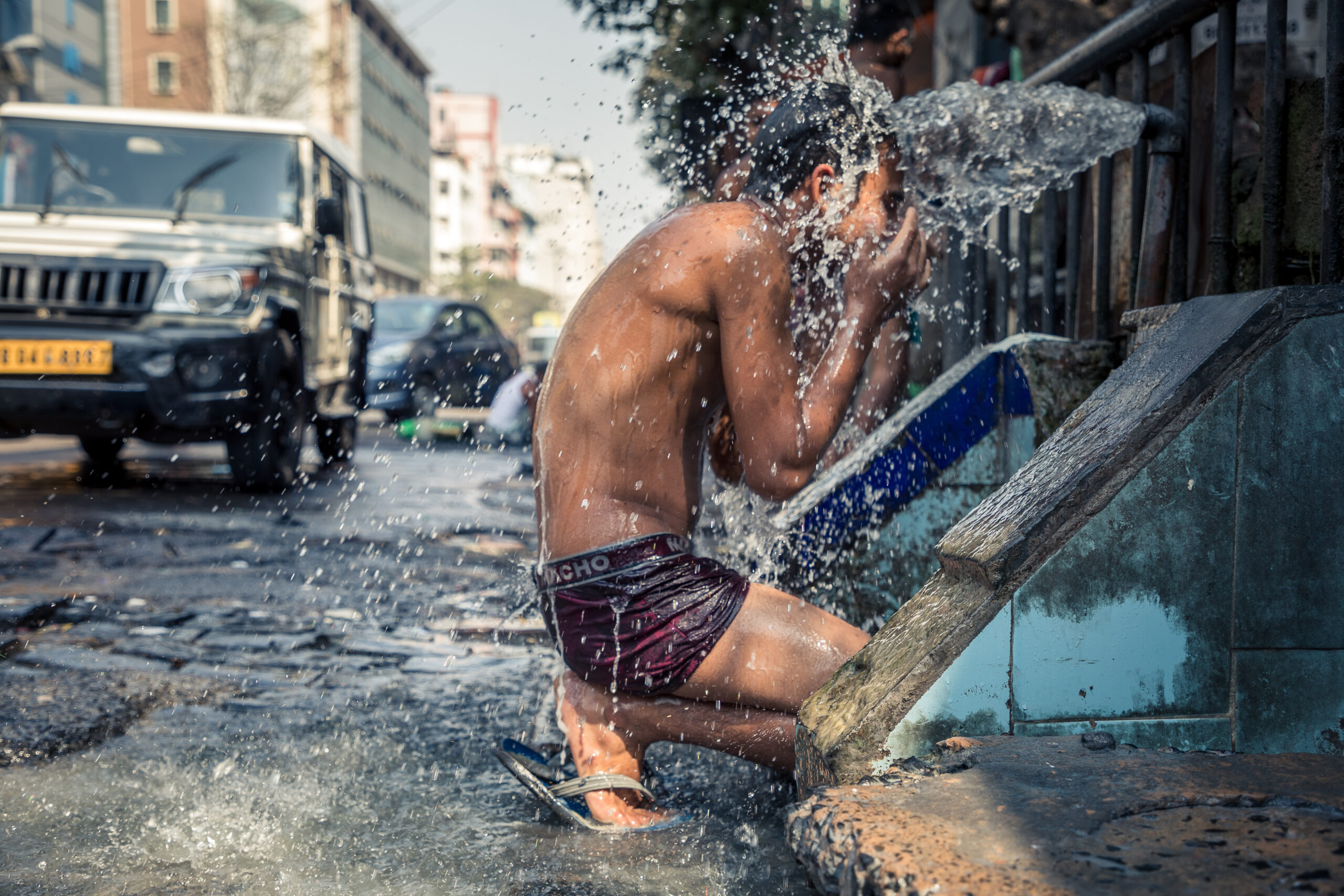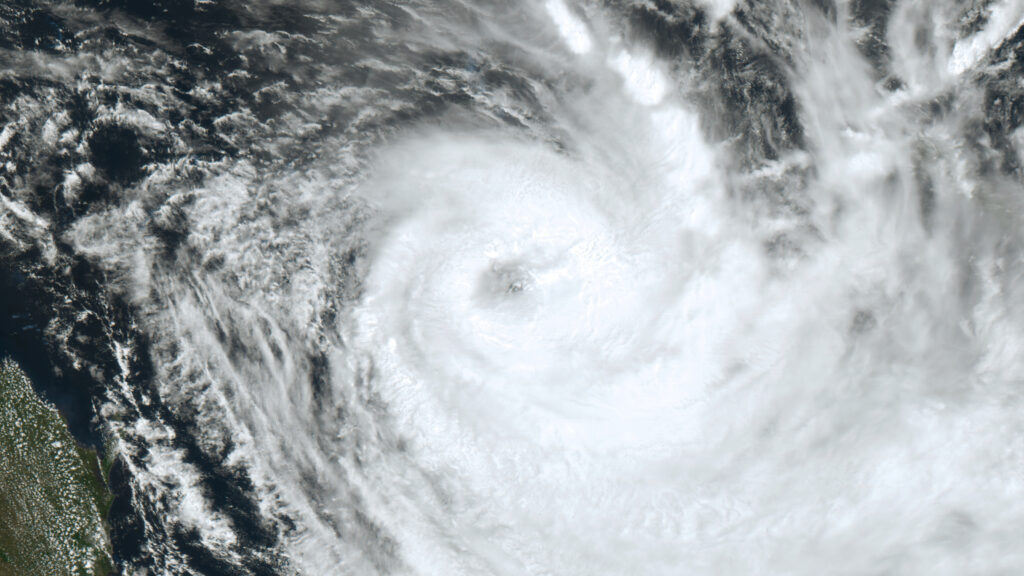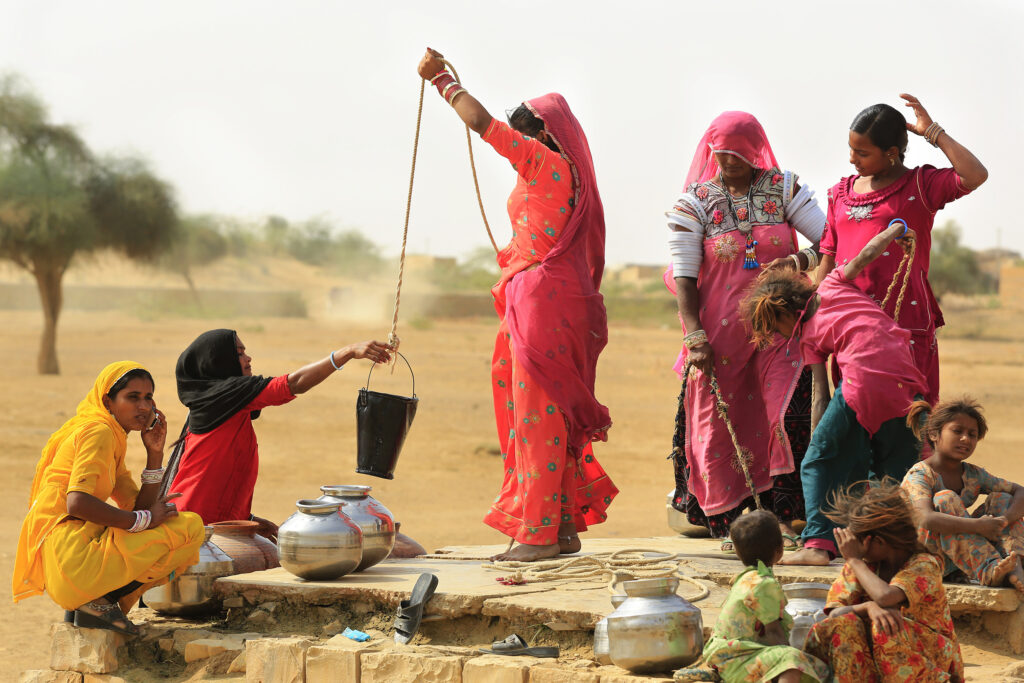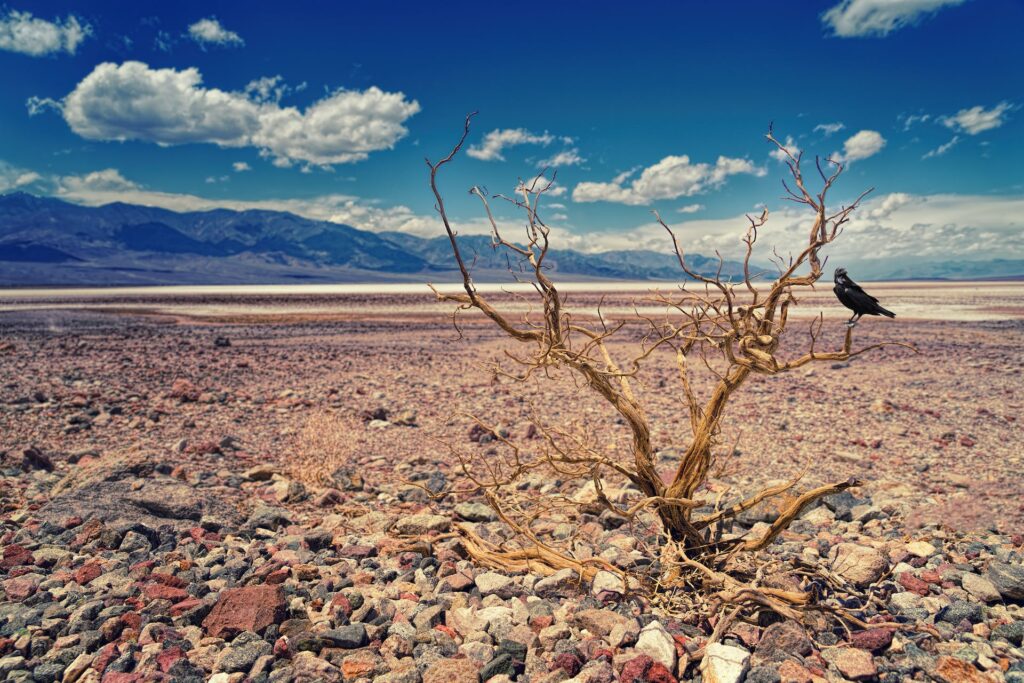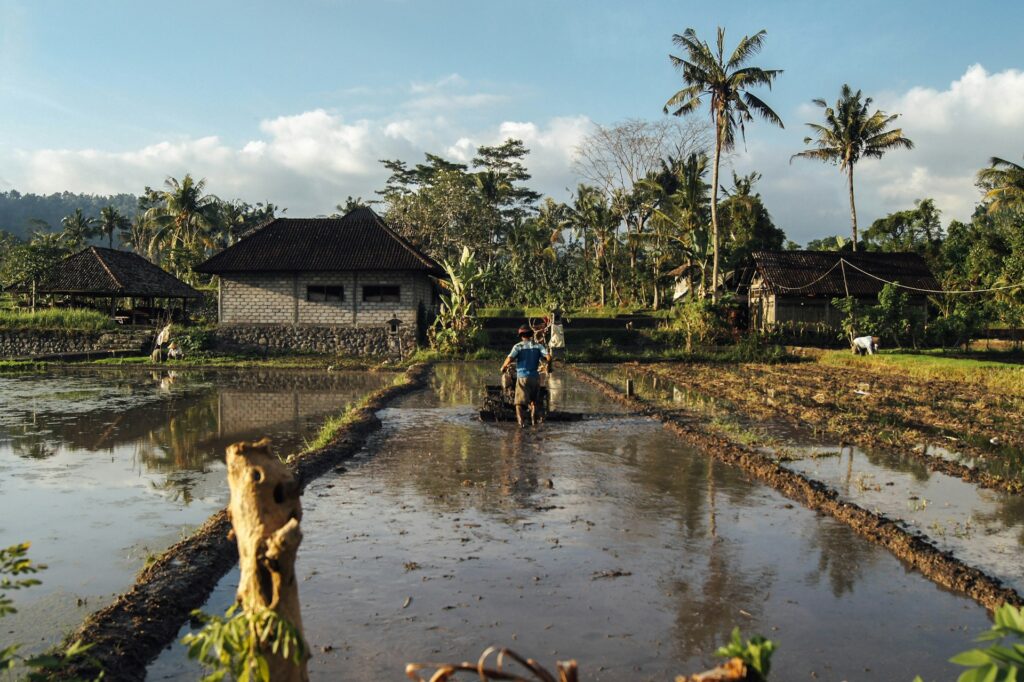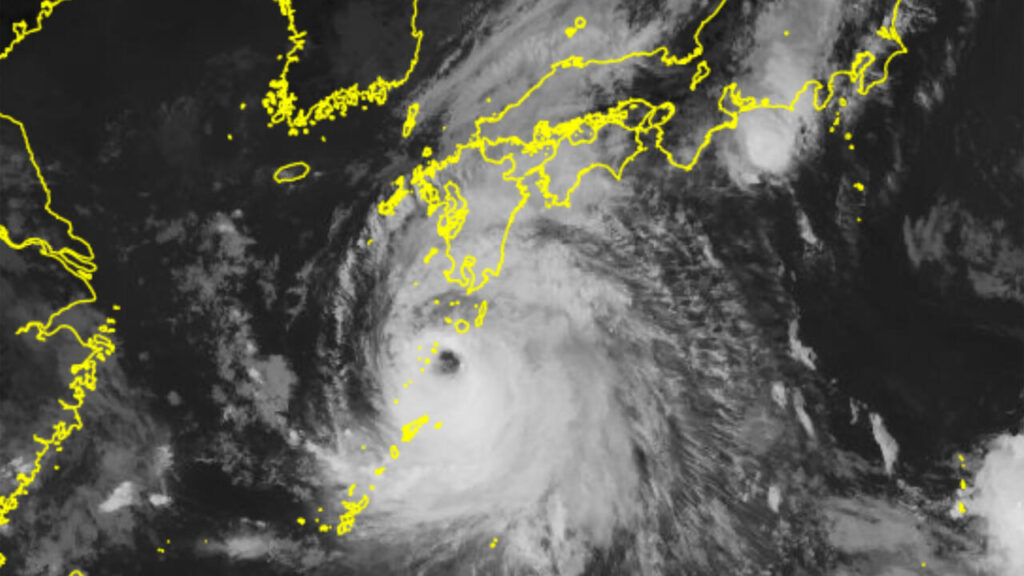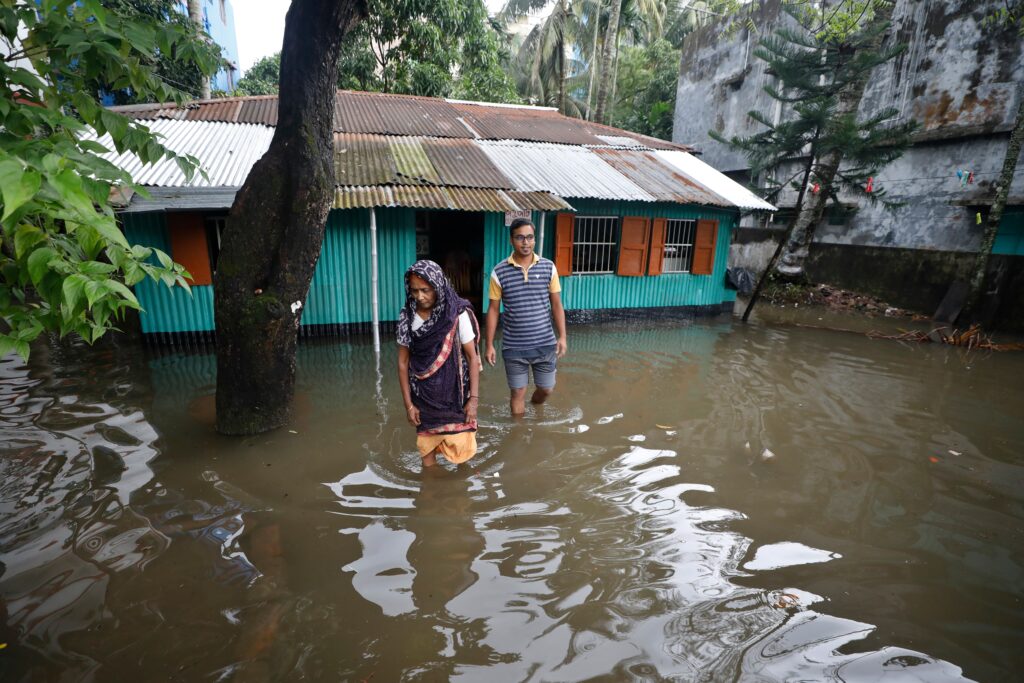What causes heat waves and is climate change making them worse?
Human influence is warming the climate at an unprecedented rate. The result is a planet being negatively effected by an increasing pattern of weather extremes, such as the searing heat waves that swept across Asia this year.
Analysis by World Weather Attribution (WWA) has now found that climate change made April 2023’s record-breaking temperatures at least 30 times more likely in parts of South Asia. “We see again and again that climate change dramatically increases the frequency and intensity of heatwaves, one of the deadliest weather events there are,” said Dr. Friederike Otto, senior climate scientist and a founder of WWA.
As the Earth’s temperature rises, heatwaves will continue to worsen in frequency, duration and severity. Therefore, concerted efforts to mitigate and adapt to heatwaves are essential to limit their damaging impact, particularly for the regions and populations at the most risk.
What is a Heat Wave and How Do Heat Waves Form?
A heatwave is a period of prolonged and abnormally high temperatures relative to the expected conditions.
Heat waves form when high atmospheric pressure forces warm air downward and traps it near the ground. Consequently, rain cannot form, and the hot air continues to heat.
Heat Wave Causes and Effects
Heat waves also pose a deadly threat to public health. “Wet-bulb” temperatures – when extreme heat combines with high humidity – are particularly dangerous to humans. Due to climate change, global heat-related excess deaths are on the rise.
Livelihoods and economic activities can also be significantly impacted due to agricultural losses, infrastructure collapse and energy system failures. Excessive heat stress can also make it too difficult or too dangerous to work. By the end of the decade in South Asia, up to 5% of total working hours could be lost annually due to dangerous heat.
Heatwaves can also exacerbate other consequences of global warming, such as droughts, fires, flash flooding and glacial melt — further harming regions already suffering from recurrent climate extremes.
Are Heatwaves Caused by Climate Change?
While heatwaves occurred before humans influenced the temperature of the planet, climate change is accelerating the frequency and ferocity of some of the heatwaves experienced today.
The Earth’s average temperature is already 1.2°C hotter than pre-industrial times, and the past eight years have been the warmest eight years on record. Correspondingly, the IPCC says it is “virtually certain that hot extremes (including heatwaves) have become more frequent and more intense across most land regions since the 1950s.”
Without immediate and deep abatement of climate-polluting emissions, the world will continue to suffer, according to the IPCC, “clearly discernible increases” in the severity and duration of heatwaves. For example, heatwaves that occurred on average once every 10 years in a climate with little human influence will likely occur 4.1 times more frequently with 1.5°C degrees of warming. With 2°C, this reaches 5.6 times, and 4°C equates to 9.4 times. The intensity of these heatwaves will also increase by 1.9°C, 2.6°C and 5.1°C, respectively.
How Extreme Heat Is Impacting Asia
While high temperatures are the norm in many parts of Asia, the blistering heatwaves sweeping in year after year exceed beyond expected conditions. “Human-induced climate change is the major cause of the growing number and ferocity of heatwaves we’re seeing across Asia,” said climate and environment specialist Deepshikha Sharma. “These signal to the fact that the climate emergency is here for this region.”
The extreme temperatures of April 2023 were particularly brutal, with areas in Bangladesh, India, Thailand and Laos setting new records due to the scorching heat. The human impact of these extreme temperatures and humidity included a rise in heat stroke cases, hospitalisations and deaths. The high temperatures also damaged roads, led to strong surges in electricity demand and sparked fires.
In Bangladesh, this heatwave caused the average temperature to reach 6°C higher than usual. Experts noted urban areas suffered particularly from the “unbearable” heat, as built-up environments magnify temperatures through the heat island effect. Agricultural experts also warn that the heat could affect rice production and, therefore, the nation’s food supply.
In Thailand, Bangkok’s heat index – what the temperature feels like combined with humidity – reached 54°C in April. In the capital and elsewhere, authorities advised citizens to remain at home to avoid heat-related illness. Meanwhile, there were reports of casualties and forest fires in the country.
Experts warn that extreme heat events could worsen further, with the return of the El Niño weather phenomenon this year. Temperatures are rising beyond people’s ability to adapt, said Dr. Fahad Saeed from Climate Analytics. “The poorest of the poor are going to [suffer] the most.”
How To Prevent Heat Waves and Their Impacts
Immediate mitigation and adaptation measures are essential to manage the impacts of Asia’s ongoing and intensifying heatwaves, writes environmental economist Lan N. Le. But to unlock adequate action, wealthy nations must fulfil their commitments to climate finance and loss and damage provisions for the countries most affected by climate extremes.
Le explains that adaptation methods could include early warning systems, cooling centres, public water drinking stations and training for medical professionals to deal with heat-related illnesses. Meanwhile, the adoption of heat-tolerant crops and disaster insurance can enhance the resilience of farmers’ livelihoods and food security. For urban areas, it can include transitioning to cooling materials for roofs and pavements and expanding green spaces and corridors.
But, with climate change as the underlying driver of more frequent and dangerous heatwaves, long-term solutions must include a rapid transition to clean energy while increasing renewable technologies and improving natural resources management. “The underlying long-term causes also need to be addressed,” stresses Lee. “If not, the heatwaves of the future could be far more intense and disruptive than what we are experiencing today.”
Evelyn Smail
Writer, United Kingdom
Evelyn is a freelance writer and journalist specialising in climate science and policy, the just energy transition and the human impacts of climate change. She writes for independent publications, NGOs and environmental organisations. Evelyn has a background in sustainable development, climate justice and human rights.
Evelyn is a freelance writer and journalist specialising in climate science and policy, the just energy transition and the human impacts of climate change. She writes for independent publications, NGOs and environmental organisations. Evelyn has a background in sustainable development, climate justice and human rights.

